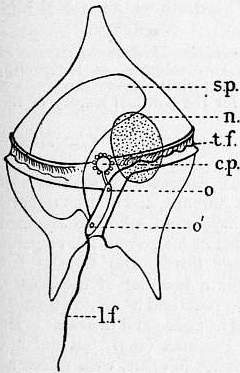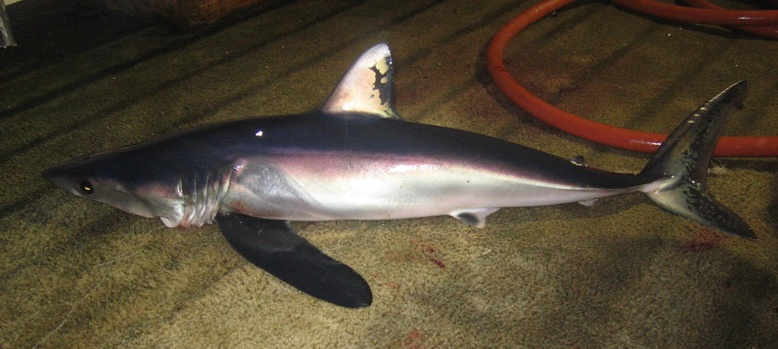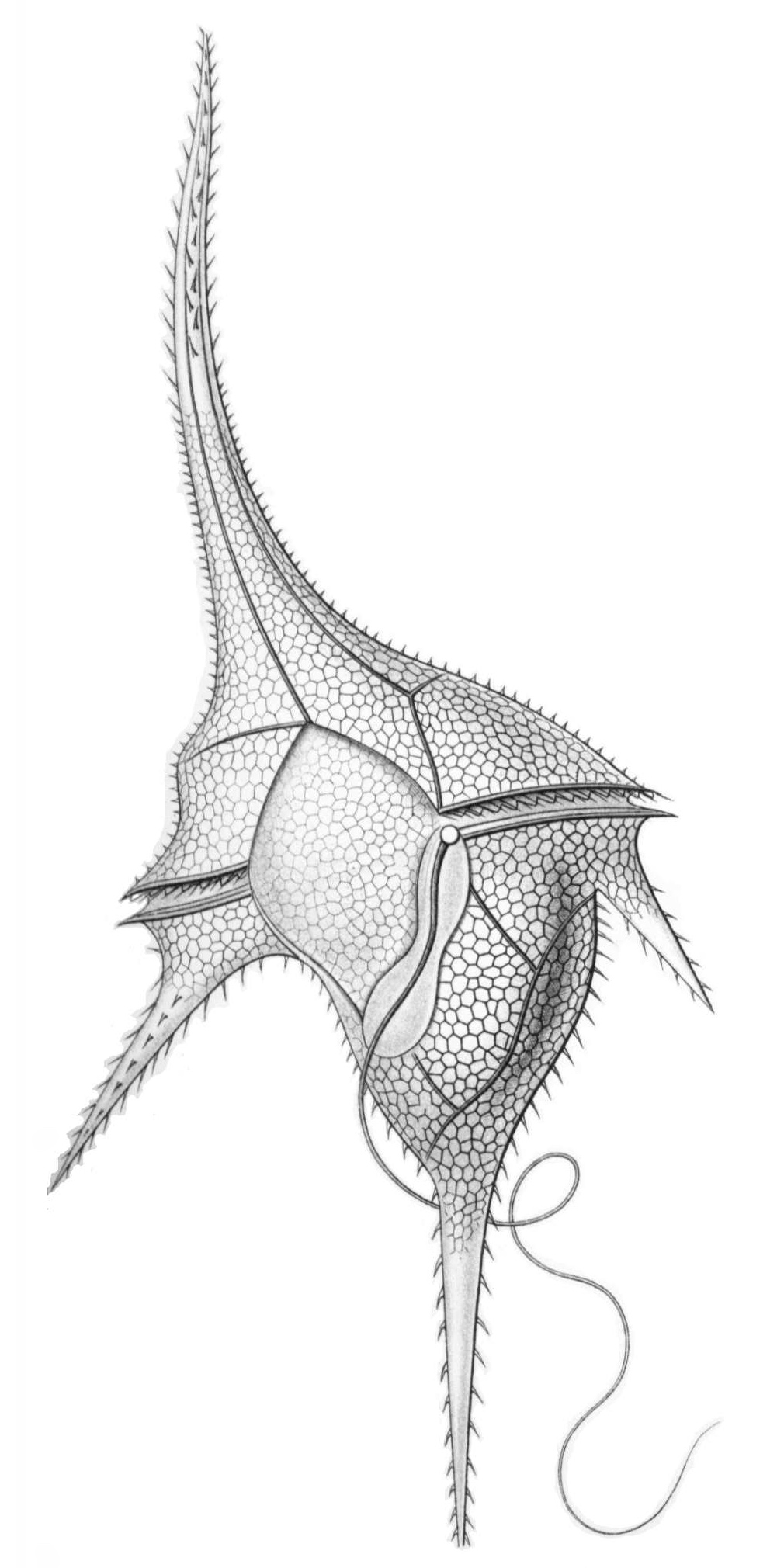|
Amblygaster Sirm
''Amblygaster sirm'', the spotted sardinella, also known as the northern pilchard, spotted pilchard, spotted sardine, and trenched sardine, is a reef-associated marine species of sardinellas in the herring family Clupeidae. It is one of the three species of genus ''Amblygaster''. It is found in the marine waters along Indo-West Pacific regions from Mozambique to the Philippines, and towards north Taiwan and Japan to the far east of Australia and Fiji. It is a widely captured commercial fish in Sri Lanka, where the fish is known as "Hurulla" in Sinhala language. The fish has 13 to 21 dorsal soft rays and 12 to 23 anal soft rays. It grows up to a maximum length of 27 cm (10.6 in). The distinctive feature of spotted sardinella from other two relatives is the presence of 10 to 20 golden spots along the flank. The color of spots may change into black after preservation. Belly is less rounded and scutes are not prominent. The fish feeds on minute organisms like copepods, ... [...More Info...] [...Related Items...] OR: [Wikipedia] [Google] [Baidu] |
Johann Julius Walbaum
Johann Julius Walbaum (30 June 1724 – 21 August 1799) was a German physician, naturalist and fauna taxonomist. Works As an ichthyologist, he was the first to describe many previously unknown fish species from remote parts of the globe, such as the Great Barracuda (''Sphyraena barracuda''), the Chum salmon (''Oncorhynchus keta'') from the Kamchatka River in Siberia, and the curimatá-pacú ('' Prochilodus marggravii'') from the São Francisco River in Brazil. He was also the first to observe gloves as a preventative against infection in medical surgery. In 1758, the gloves he observed were made from the cecum of the sheep, rather than rubber, which had not yet been discovered. Legacy The Natural History Museum in Lübeck, opened in 1893, was based on Walbaum's extensive scientific collection, which was lost during the Second World War World War II or the Second World War, often abbreviated as WWII or WW2, was a world war that lasted from 1939 to 1945. It ... [...More Info...] [...Related Items...] OR: [Wikipedia] [Google] [Baidu] |
Dinoflagellates
The dinoflagellates ( Greek δῖνος ''dinos'' "whirling" and Latin ''flagellum'' "whip, scourge") are a monophyletic group of single-celled eukaryotes constituting the phylum Dinoflagellata and are usually considered algae. Dinoflagellates are mostly marine plankton, but they also are common in freshwater habitats. Their populations vary with sea surface temperature, salinity, and depth. Many dinoflagellates are photosynthetic, but a large fraction of these are in fact mixotrophic, combining photosynthesis with ingestion of prey ( phagotrophy and myzocytosis). In terms of number of species, dinoflagellates are one of the largest groups of marine eukaryotes, although substantially smaller than diatoms. Some species are endosymbionts of marine animals and play an important part in the biology of coral reefs. Other dinoflagellates are unpigmented predators on other protozoa, and a few forms are parasitic (for example, '' Oodinium'' and '' Pfiesteria''). Some dinoflage ... [...More Info...] [...Related Items...] OR: [Wikipedia] [Google] [Baidu] |
Marine Fish Of Northern Australia
Marine is an adjective meaning of or pertaining to the sea or ocean. Marine or marines may refer to: Ocean * Maritime (other) * Marine art * Marine biology * Marine debris * Marine habitats * Marine life * Marine pollution Military * Marines, a naval-based infantry force ** United States Marine Corps ** Royal Marines of the UK ** Brazilian Marine Corps ** Spanish Marine Infantry ** Fusiliers marins (France) ** Indonesian Marine Corps ** Republic of China Marine Corps ** Republic of Korea Marine Corps ** Royal Thai Marine Corps *"Marine" also means "navy" in several languages: ** Austro-Hungarian Navy () ** Belgian Navy (, , ) ** Royal Canadian Navy () *** Provincial Marine (1796–1910), a predecessor to the Royal Canadian Navy ** Navy of the Democratic Republic of the Congo () ** Royal Danish Navy () ** Finnish Navy (, ) ** French Navy () ** Gabonese Navy () ** German Navy () ** Royal Moroccan Navy () ** Royal Netherlands Navy () ** Swedish Navy () Places * ... [...More Info...] [...Related Items...] OR: [Wikipedia] [Google] [Baidu] |
Fish Of Sri Lanka
Fish are Aquatic animal, aquatic, craniate, gill-bearing animals that lack Limb (anatomy), limbs with Digit (anatomy), digits. Included in this definition are the living hagfish, lampreys, and Chondrichthyes, cartilaginous and bony fish as well as various extinct related groups. Approximately 95% of living fish species are ray-finned fish, belonging to the class Actinopterygii, with around 99% of those being teleosts. The earliest organisms that can be classified as fish were soft-bodied chordates that first appeared during the Cambrian period. Although they lacked a vertebrate, true spine, they possessed notochords which allowed them to be more agile than their invertebrate counterparts. Fish would continue to evolve through the Paleozoic era, diversifying into a wide variety of forms. Many fish of the Paleozoic developed placodermi, external armor that protected them from predators. The first fish with jaws appeared in the Silurian period, after which many (such as sharks) b ... [...More Info...] [...Related Items...] OR: [Wikipedia] [Google] [Baidu] |
Fish Of The Philippines
Fish are aquatic, craniate, gill-bearing animals that lack limbs with digits. Included in this definition are the living hagfish, lampreys, and cartilaginous and bony fish as well as various extinct related groups. Approximately 95% of living fish species are ray-finned fish, belonging to the class Actinopterygii, with around 99% of those being teleosts. The earliest organisms that can be classified as fish were soft-bodied chordates that first appeared during the Cambrian period. Although they lacked a true spine, they possessed notochords which allowed them to be more agile than their invertebrate counterparts. Fish would continue to evolve through the Paleozoic era, diversifying into a wide variety of forms. Many fish of the Paleozoic developed external armor that protected them from predators. The first fish with jaws appeared in the Silurian period, after which many (such as sharks) became formidable marine predators rather than just the prey of arthropods. Most fis ... [...More Info...] [...Related Items...] OR: [Wikipedia] [Google] [Baidu] |
Fish Of Taiwan
Fish are Aquatic animal, aquatic, craniate, gill-bearing animals that lack Limb (anatomy), limbs with Digit (anatomy), digits. Included in this definition are the living hagfish, lampreys, and Chondrichthyes, cartilaginous and bony fish as well as various extinct related groups. Approximately 95% of living fish species are ray-finned fish, belonging to the class Actinopterygii, with around 99% of those being teleosts. The earliest organisms that can be classified as fish were soft-bodied chordates that first appeared during the Cambrian period. Although they lacked a vertebrate, true spine, they possessed notochords which allowed them to be more agile than their invertebrate counterparts. Fish would continue to evolve through the Paleozoic era, diversifying into a wide variety of forms. Many fish of the Paleozoic developed placodermi, external armor that protected them from predators. The first fish with jaws appeared in the Silurian period, after which many (such as sharks) b ... [...More Info...] [...Related Items...] OR: [Wikipedia] [Google] [Baidu] |
Marine Fauna Of East Africa
Marine is an adjective meaning of or pertaining to the sea or ocean. Marine or marines may refer to: Ocean * Maritime (other) * Marine art * Marine biology * Marine debris * Marine habitats * Marine life * Marine pollution Military * Marines, a naval-based infantry force ** United States Marine Corps ** Royal Marines of the UK ** Brazilian Marine Corps ** Spanish Marine Infantry ** Fusiliers marins (France) ** Indonesian Marine Corps ** Republic of China Marine Corps ** Republic of Korea Marine Corps ** Royal Thai Marine Corps *"Marine" also means " navy" in several languages: ** Austro-Hungarian Navy () ** Belgian Navy (, , ) ** Royal Canadian Navy () *** Provincial Marine (1796–1910), a predecessor to the Royal Canadian Navy ** Navy of the Democratic Republic of the Congo () ** Royal Danish Navy () ** Finnish Navy (, ) ** French Navy () ** Gabonese Navy () ** German Navy () ** Royal Moroccan Navy () ** Royal Netherlands Navy () ** Swedish Navy ... [...More Info...] [...Related Items...] OR: [Wikipedia] [Google] [Baidu] |
List Of Common Commercial Fish Of Sri Lanka
Sri Lanka is a tropical island situated close to the southern tip of India. It is situated in the middle of Indian Ocean. Because of being an island, Sri Lanka has many endemic freshwater fauna, as well as thousands of marine and brackish water fauna. Fishing is the way of life of most of coastal community. So, the marine fish fauna gives a greater commercial value to the country's economy, as well as well being of the coastal people. Marine fish are strictly different from freshwater counterparts due to high salinity of sea water, which they live. Also, they are larger than most freshwater species and rich in proteins. There are about 100+ species of common commercial fish around the country. Crustaceans such as, crabs, lobsters, prawns, and squids, cuttlefish, and sea cucumbers also added to this list instead of fish types due to their high value commercially. i.e. - All Sinhala words are typed by "SININETN" truetype font style of Singreesi software. Cartilage fish Class: C ... [...More Info...] [...Related Items...] OR: [Wikipedia] [Google] [Baidu] |
Amblygaster Leiogaster
''Amblygaster leiogaster'', the smoothbelly sardinella, also known as blue sardine, blue sprat, bluebait, is a reef-associated marine species of sardinella in the herring family Clupeidae. It is one of the three species of genus ''Amblygaster''. It is found in the marine waters along Indo-West Pacific regions towards south western Australia. The fish has 13 to 21 dorsal soft rays and 12 to 23 anal soft rays. It grows up to a maximum length of 23 cm. The flank is gold in fresh fish but becomes black while preservation. Belly is more rounded and scutes are not prominent. It is rather closely resemble '' Amblygaster clupeoides'', but the latter has very few lower gill rakers than Smoothbelly sardinella. The fish feeds on minute organisms like zooplankton Zooplankton are the animal component of the planktonic community ("zoo" comes from the Greek word for ''animal''). Plankton are aquatic organisms that are unable to swim effectively against currents, and consequently drift or ... [...More Info...] [...Related Items...] OR: [Wikipedia] [Google] [Baidu] |
Amblygaster Clupeoides
''Amblygaster clupeoides'', the bleeker smoothbelly sardinella, blue pilchard, sharp-nosed pilchard, or sharpnose sardine, is a reef-associated marine species of sardinellas in the herring family Clupeidae. It is one of the three species of genus ''Amblygaster''. Distribution It is found in the marine waters along Indo-West Pacific regions. Description The fish has 13 to 21 dorsal soft rays and 12 to 23 anal soft rays. It grows up to a maximum length of 21 cm. The flank is gold in fresh fish but becomes black while preservation. Belly is more rounded and scutes are not prominent. Diet The fish feeds on minute organisms like copepods, ''Mysis'' and zooplankton. Widely used as bait in the tuna fishery all along the world, both as a live or dead forms. See also * ''Amblygaster leiogaster'' * ''Amblygaster sirm ''Amblygaster sirm'', the spotted sardinella, also known as the northern pilchard, spotted pilchard, spotted sardine, and trenched sardine, is a reef-associat ... [...More Info...] [...Related Items...] OR: [Wikipedia] [Google] [Baidu] |
Tuna
A tuna is a saltwater fish that belongs to the tribe Thunnini, a subgrouping of the Scombridae ( mackerel) family. The Thunnini comprise 15 species across five genera, the sizes of which vary greatly, ranging from the bullet tuna (max length: , weight: ) up to the Atlantic bluefin tuna (max length: , weight: ), which averages and is believed to live up to 50 years. Tuna, opah and mackerel sharks are the only species of fish that can maintain a body temperature higher than that of the surrounding water. An active and agile predator, the tuna has a sleek, streamlined body, and is among the fastest-swimming pelagic fish – the yellowfin tuna, for example, is capable of speeds of up to . Greatly inflated speeds can be found in early scientific reports and are still widely reported in the popular literature. Found in warm seas, the tuna is commercially fished extensively as a food fish, and is popular as a bluewater game fish. As a result of overfishing, some tuna ... [...More Info...] [...Related Items...] OR: [Wikipedia] [Google] [Baidu] |
Ceratium
The genus ''Ceratium'' is restricted to a small number (about 7) of freshwater dinoflagellate species. Previously the genus contained also a large number of marine dinoflagellate species. However, these marine species have now been assigned to a new genus called ''Tripos''. ''Ceratium'' dinoflagellates are characterized by their armored plates, two flagella, and horns. They are found worldwide and are of concern due to their blooms. Taxonomy The genus was originally published in 1793 by Shrank, F. von Paula. The taxonomy of C''eratium'' varies among several sources. One source states the taxonomy as: Kingdom Chromista, Phylum Miozoa, Class Dinophyceae, Order Gonyaulacales, and Family Ceratiaceae. Another source lists the taxonomy as Kingdom Protozoa, Phylum Dinoflagellata, Class Dinophyceae, Order Gonyaulacales, and Family Ceratiaceae. The taxonomic information listed on the right includes Kingdom Chromalveolate. Thus, sources disagree on the higher levels of classification, ... [...More Info...] [...Related Items...] OR: [Wikipedia] [Google] [Baidu] |





